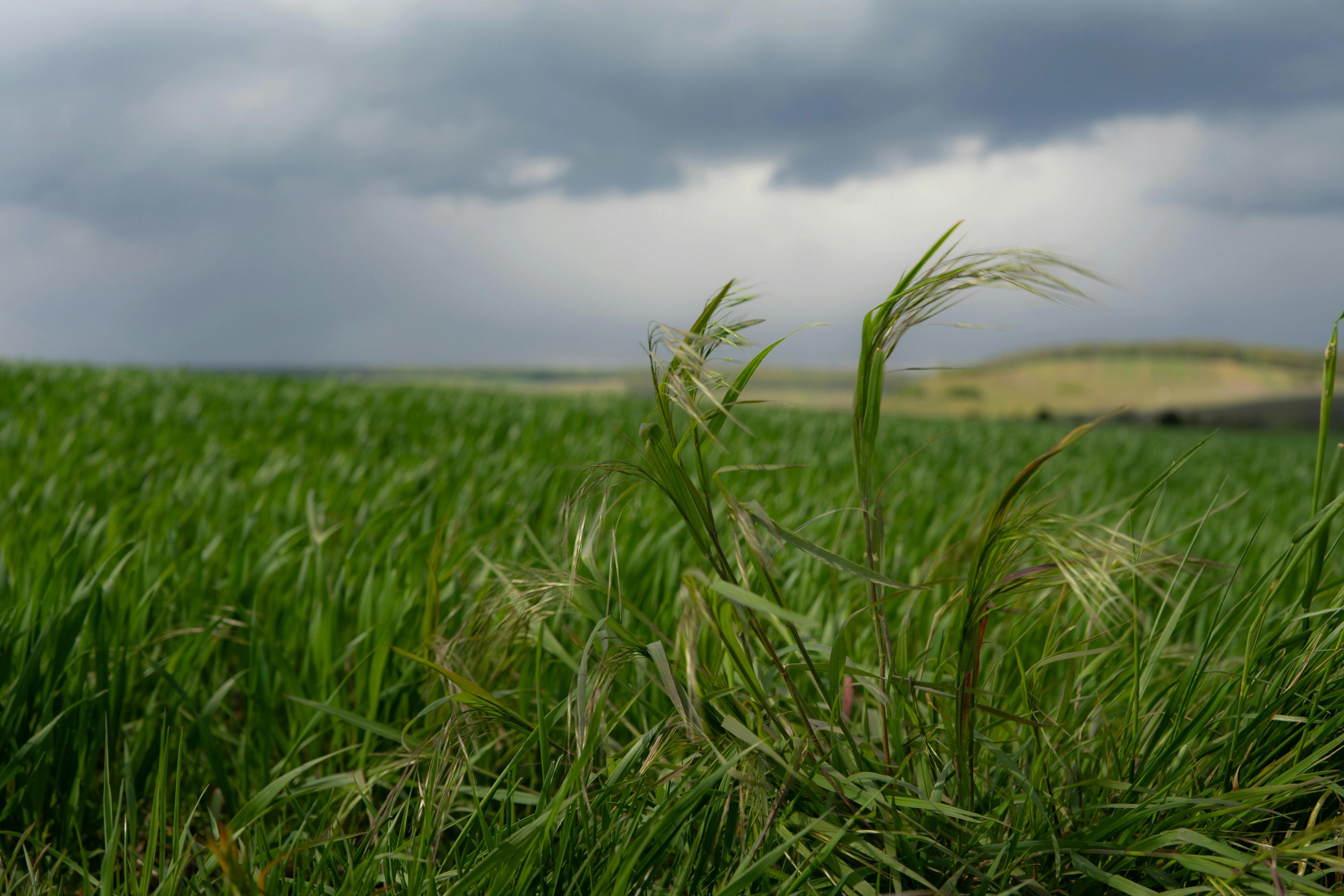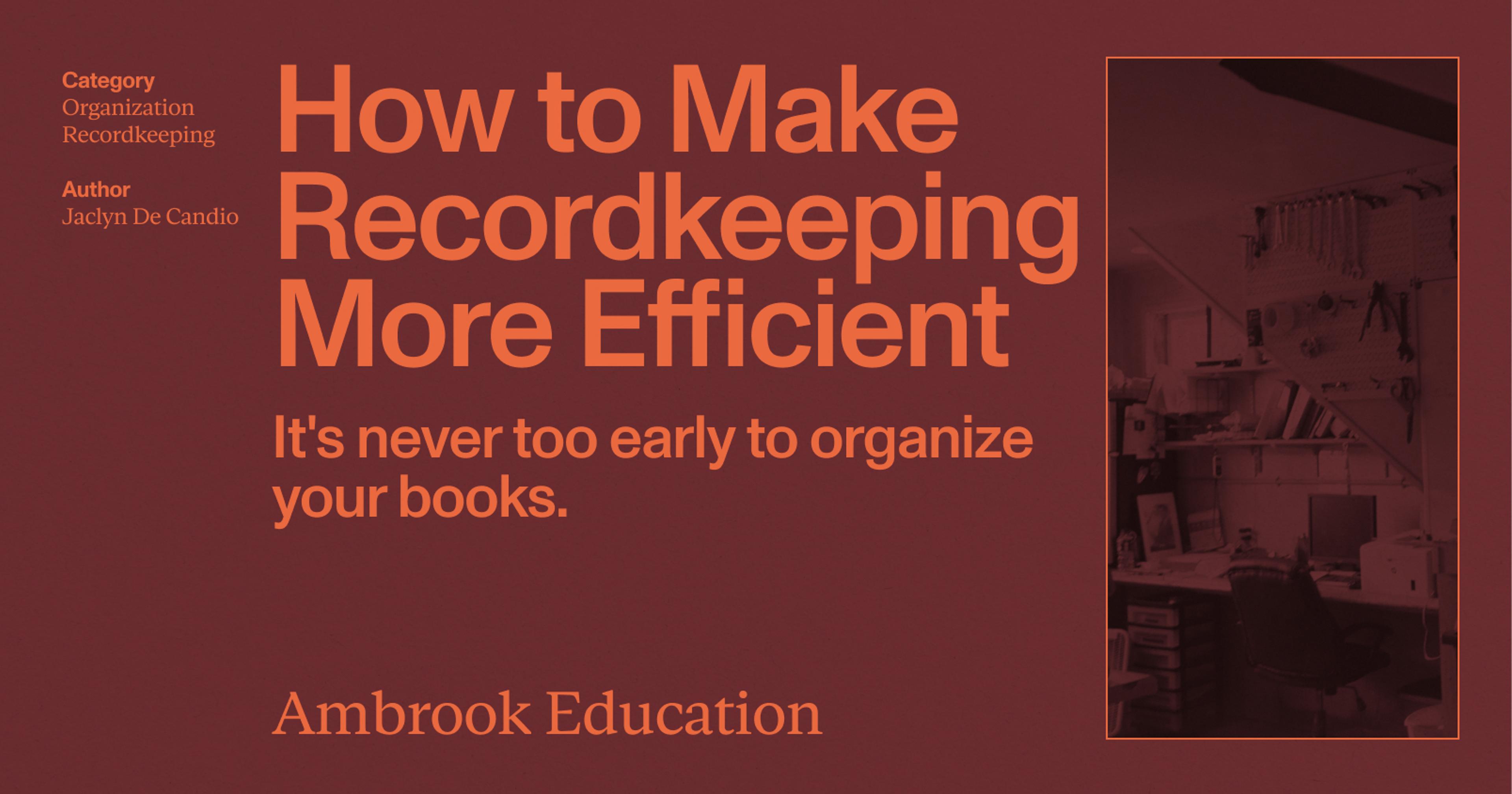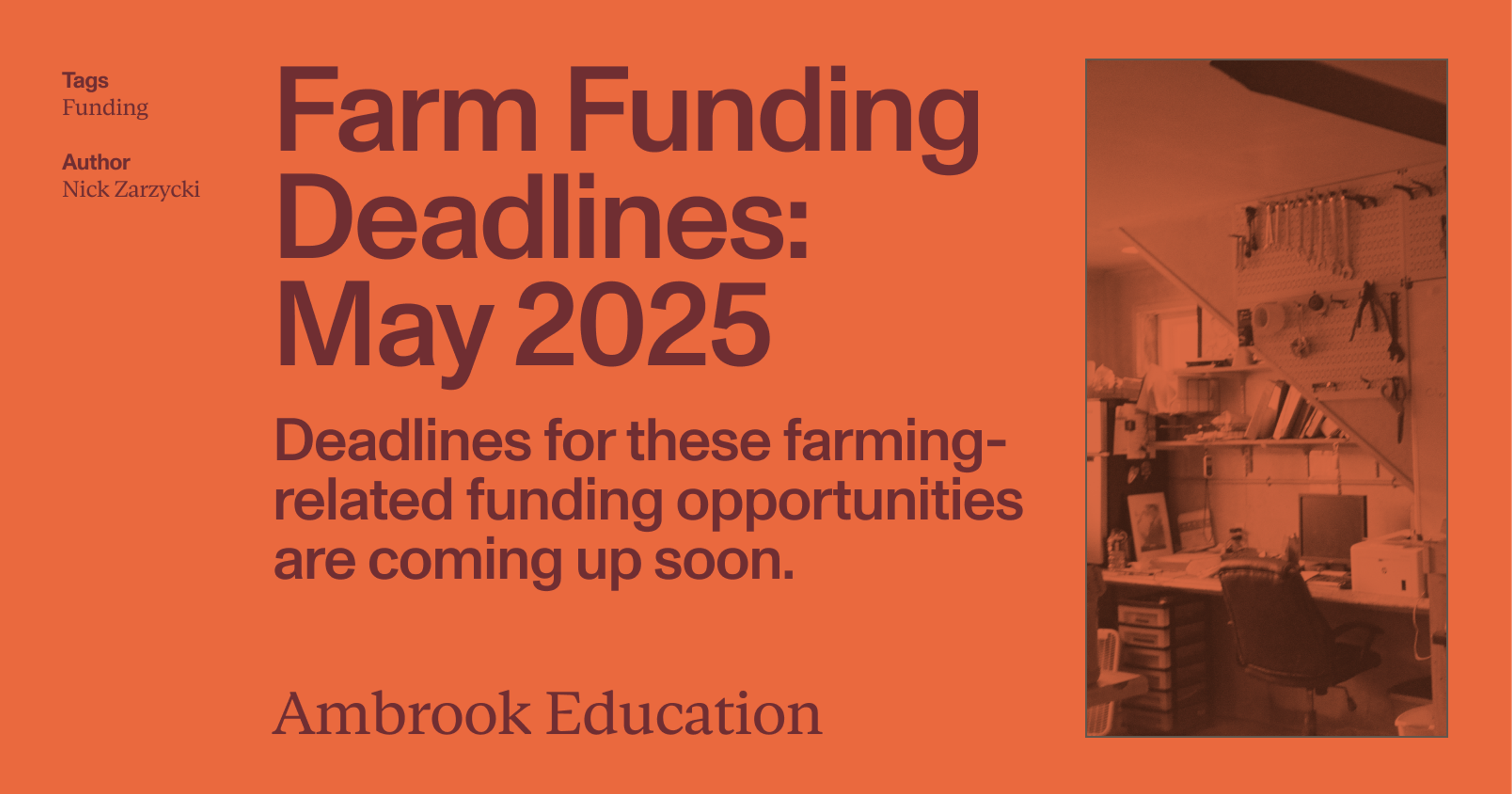Having these records ready in a go bag can maximize your chances of securing disaster assistance for your ag business, and in some cases even accelerate your application.
Securing government assistance after a disaster can be a complicated and at times stressful process. As USDA administrator Scott Marlow once pointed out, “federal programs often expect people to be at their organized best when their lives are at their worst.”
Having a disaster kit or go bag containing copies or backups of important business records can be a game changer in these situations. The better you can document the pre-disaster value of your property with receipts, tax returns, property assessments or other records, the more likely it is you can demonstrate your losses and maximize your eligibility for funding.
Whether they’re photocopied, uploaded to accounting software like Ambrook or scanned and downloaded onto a USB stick, getting the following documents ready now can save you a load of work and trouble when something goes wrong.
1. Receipts, bills, invoices and sales records
Applying for emergency aid from agencies like USDA, FEMA, SBA, EPA or the IRS often involves establishing the pre-disaster value of your business and comparing it to the post-disaster value to determine your losses. That becomes a whole lot easier if you keep detailed financial records for your business.
Hold onto all of your business‘ receipts, sales records, bills and invoices, and create digital copies of them if possible. Hold onto all your mileage logs, petty cash records, vehicle, equipment and maintenance invoices, receipts for supplies, fertilizer, feed and fuel, and bills for veterinary fees, utilities, labor and insurance.
Keep in mind that software with receipt and bill scanning capabilities like Ambrook can take care of much of this work automatically, all while keeping your data safely stored in the cloud.
2. Inventory and property records
Create copies of inventory records for livestock and crops, records related to equipment and property sales, real estate assessments, and any other documents that could help establish the pre-disaster value of the property. Keep backups of any financial statements your business produces as well, including balance sheets, income statements and cash flow statements.
3. Photos and video
Pictures and videos of the livestock, equipment, buildings and other assets used in your business can often help substantiate its pre-disaster value. When assembling paper or digital records for your disaster kit, make sure to include any visual documentation you might have on hand as well.
4. Insurance and loan applications
Create copies of and hold onto any applications you submit for crop or livestock insurance– they’ll likely contain detailed reports or descriptions of the property that’s being insured. If any documentation related to the value of your property is ever lost or destroyed, try reaching out to your insurer for a copy of your application.
Loan applications also often contain information about farm assets, especially if your lender requires collateral for the loan. Hold onto any loan applications you submit, and if you lose any documentation in the disaster, reach out to your lender for a copy. (Remember that even information from a denied loan application can be useful.)
5. Federal, state and local tax information
Your federal and state tax returns can also be used to verify the pre-disaster value of your operation, as can the property tax assessments your local city or county government produces. If you lose these records, reach out to the IRS, your state, or your local tax authority for a copy of your return or assessment.
Turn recordkeeping into an asset with Ambrook
Ambrook is purpose-built for farm accounting, making it easy to categorize and track personal and business expenses while giving you unparalleled insight into your operation’s performance.
With powerful bookkeeping and smart tagging functionalities, dedicated payment cards, automatic expense reporting, and a custom chart of accounts that grows with your business, Ambrook gives busy operators everything they need to get financial clarity now. Interested in learning more? Schedule a demo today.
Want to learn more about Ambrook?
This resource is provided for general informational purposes only. It does not constitute professional legal advice and may not apply to your specific situation. Consult with professional legal counsel before making any decisions about business structure or liability.









